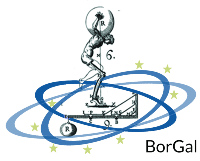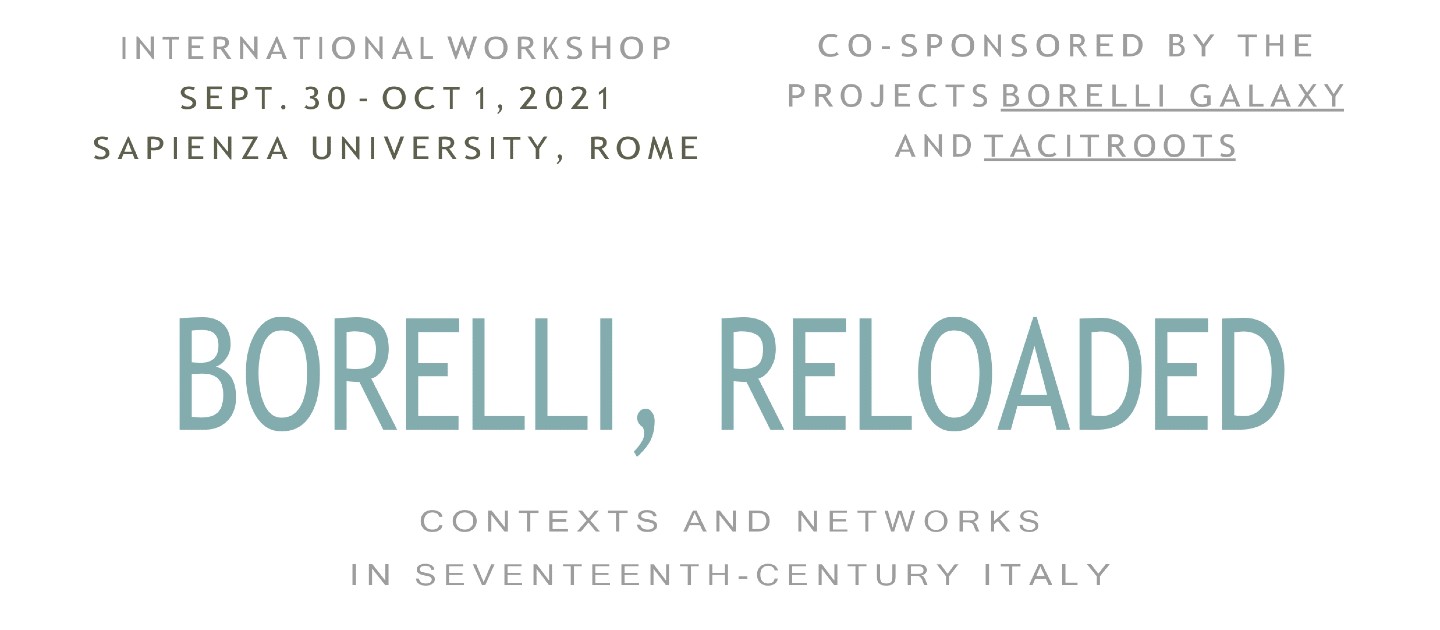The picture that I tried to sketch resembles a historiographical puzzle, or even the index of a book yet-to-be-written. The bibliography on Borelli is now impressive, and not easy to outline, because of the fragmentary nature of his life and the many different facets of his multidisciplinary work. In the historiographical sketch drawn in 1978 by Ugo Baldini, the best known aspects of his work were still represented by the mechanical science of the living body expressed in his De motu animalium, as well as the unified explanation of terrestrial and celestial physics as proposed in his Theoricae mediceorum planetarum (Florence, 1666). In the last 40 years, scholars undertook the analysis of some of Borelli’s ‘technical’ achievements in his main biological work and reconsidered the role of chemical phenomena in his model of animal machine. Other areas of interest and Borelli’s ‘minor’ works were also considered, such as geology, epidemiology, mathematics, physics, the theory of comets. An important contribution came from the studies launched in the early 1980 by Corrado Dollo and continued by his disciples on the Sicilian scientific community of the 17th century.
More recently, historiography shed new light on Borelli’s impact on the intellectual identity of the Religious Congregation of the Pious School Fathers, labeled by historiography as a ‘Galilean order’ since its foundation. This judgement is now under revision. Recent scholarship has shown the importance of B’s staying at the Roman Piarists’ Professed House (1677-1679 in shaping a genuine mathematical tradition within the Piarists’ schools themselves. The last volume on the Accademia del Cimento (2009) – proceedings of a large conference held in Florence in 2007 – finally brought to light B’s role in the making of modern European science as never done before.
The 2007 conference, however, highlighted also the paradoxical character of Borelli current scholarship: only a few of his works have been published according to modern criteria and a comprehensive investigation looking at all the aspects of his contributions to the Western scientific culture is still lacking. Worth of noticing is also the lack of a complete edition of this scholar’s epistolary, a collection which undoubtedly represents a unique source for the understanding of the changes in the early modern European scientific paradigm. BorGal contributes to bridge these gaps, by providing the scientific community with an essential research tool to navigate Borelli’s complete epistolary as well as to explore the innovative potential of Galilean philosophy in late 17th century science and society.


